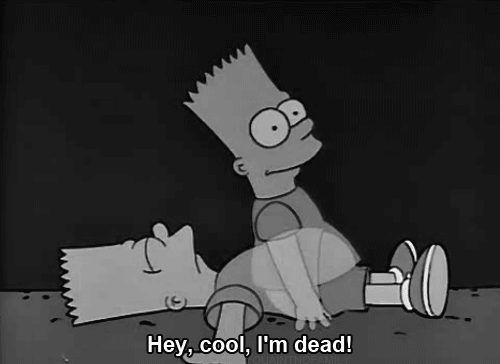Original post by Eremor
Having some issues with this question, ive done the first 3 parts, however struggling with what to do for the 3rd part, as im not even certain what exactly the end result would looks like.
Would appreciate any help in starting me off
Having some issues with this question, ive done the first 3 parts, however struggling with what to do for the 3rd part, as im not even certain what exactly the end result would looks like.
Would appreciate any help in starting me off
Wish i new wat u was on about g. In science i just used 2 set dem books and dat on fire lol lmfao
Original post by Shawn-in-a-box
Wish i new wat u was on about g. In science i just used 2 set dem books and dat on fire lol lmfao

Original post by XxKingSniprxX

I don't get wat u mean m8.
Original post by Eremor
Having some issues with this question, ive done the first 3 parts, however struggling with what to do for the 3rd part, as im not even certain what exactly the end result would looks like.
Would appreciate any help in starting me off
Having some issues with this question, ive done the first 3 parts, however struggling with what to do for the 3rd part, as im not even certain what exactly the end result would looks like.
Would appreciate any help in starting me off
its really easy
x2=rrrr+135ff to the power ot 3dff54555 x 23-3/3444= 2
Original post by Eremor
Having some issues with this question, ive done the first 3 parts, however struggling with what to do for the 3rd part, as im not even certain what exactly the end result would looks like.
Would appreciate any help in starting me off
Having some issues with this question, ive done the first 3 parts, however struggling with what to do for the 3rd part, as im not even certain what exactly the end result would looks like.
Would appreciate any help in starting me off
The 4th part?
If so, then they've told you that
Now use that and the ideal gas law relations at the top to find a relationship between for this process. You'll have to integrate something.
The process is called an adiabatic compression, BTW.
Quick Reply
Related discussions
- Natural sciences
- Thermodynamics Year 2 help
- Help with personal statement for chemical engineering
- Mechanical Engineering Question Papers
- Personal statement help for biological natural sciences
- Chemistry vs chemical engineering
- Alevel physics in engineering
- Chemistry heating curve question
- Should I choose Aerospace or Electrical/Electronics ?
- bio help a level
- Chemical engineering
- Adiabatic or isothermal process?
- nottingham for mechanical engineering?
- Personal Statement competitions
- I need help in this question
- Calories
- Chemistry
- physics and maths in archiecture
- What will I be graduating with?
- Personal statement for chemical engineering and natural science




